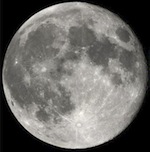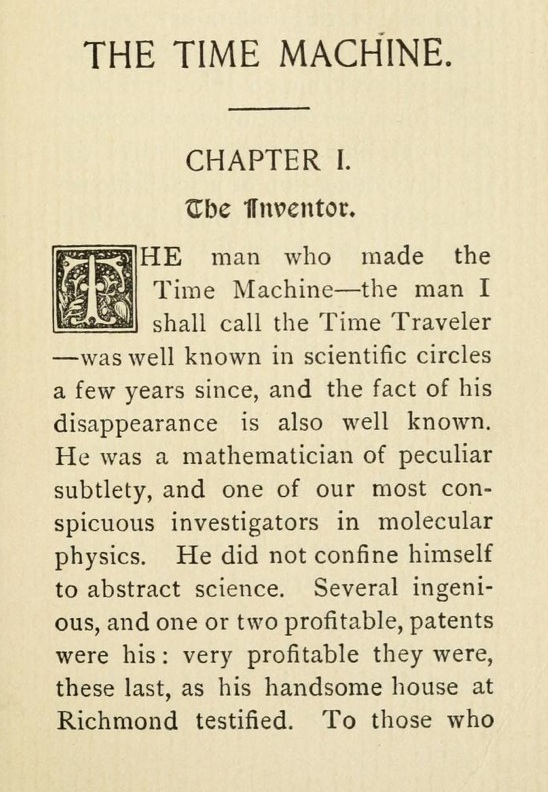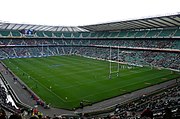The answer laid out by Professor John D Norton of Pittsburgh University (more here):
Does the moon change because a mouse looks at it?

YES
This "yes" depends upon quantum mechanics, in whose founding Einstein played a major role. It is our best theory of matter and is usually applied to deal with matter in the very small, that is, little particles like electrons. It tells us that matter in the very small has properties quite unlike the ones we are used to with ordinary objects.
We are used to the idea that ordinary objects are either particles orwaves. It turns out that in the small, particles are both particles and waves. They have a dual character that is quite preplexing when you first learn of it and, as far as I can tell, that perplexity never really goes away, even if you know a lot about them.
Take electrons, for example. They are familiar to us from old-fashioned television tubes. The electrons are fired from a glowing element at the back of the tube. They are formed into a beam by deflecting magnetic fields.
When the electron is in flight in the beam, it behaves just like a wave. It spreads out in space, has a wavelength and frequency and can produce all sorts of wavelike phenomena, like interference patterns. These are just like the rippled patterns that water waves make on the surface of a pond when pebbles are dropped in. We can only get them because the waves are spread out in space. |  |
 | When these electrons strike the screen of the TV tube, they behave very differently. According to the standard text book accounts of quantum mechanics, they instantly cease to be wave. They collapse to a point, so they are now behaving like a particle. We see that localization through the emitting of a brief flash of light from just one point on the screen. (Many of those flashes combine to make the images we watch.) |
So sometimes an electron behaves like a wave; and sometimes like a particle. So what? The odd part is what decides whether the electron behaves like a wave or a particle. In the standard text book treatments, we decide by the act of observing the electron. An electron left to itself behaves like a wave. The moment we observe it--for example by having it smash into the screen of a TV tube so that we can see where it is from the flash of light produced--then it behaves like a particle.
That means that the second picture is incomplete. The electron will only cede its wavelike character if there is someone there observing it. Only then does it collapse.
That is the odd part. Standard, text book quantum mechanics tells us that the act of our observing the electron has caused it to collapse to a point. This astonishing idea troubled Einstein very greatly and he could never accept it. What difference does it make to the electron if we observe it or not?
What Einstein also saw was that the difficulty could not be confined to minute objects like electrons. If individual particles have this dual wave-particle, then so do collections of particles. Our observing of them will also cause them to collapse. Big objects like steam locomotives, moons and planets are just many, many particles all in one place. They will also have a slight wave character, too small for us to notice, but there nonetheless. And when we observe them, they will collapse!

 ...
...  ...
...  ...
...  ...
...
... 
 ...
...
His collaborator and biographer Abraham Pais reports
"...during one walk, Einstein suddenly stopped, turned to me, and asked whether I really believed that the moon exists only when I look at it."
Abraham Pais, Subtle is the Lord. Oxford: Clarendon Press, 1982. p.5.
The famous physicist (and inventor of the name "black hole") John Wheeler also reported of Einstein
"...No one can forget how he expressed his discomfort about the role of the observer, 'When a mouse observes, does that change the state of the universe?' "
John A.Wheeler, "Memoir", pp. 21-22 in A. P. French, Einstein: A Centenary Volume. Cambridge: Harvard Univ. Press, 1979, on p. 22.
The question above is a combination of these two remarks and the answer of yes is just standard text book physics.








 ...
...  ...
...  ...
...  ...
...



























